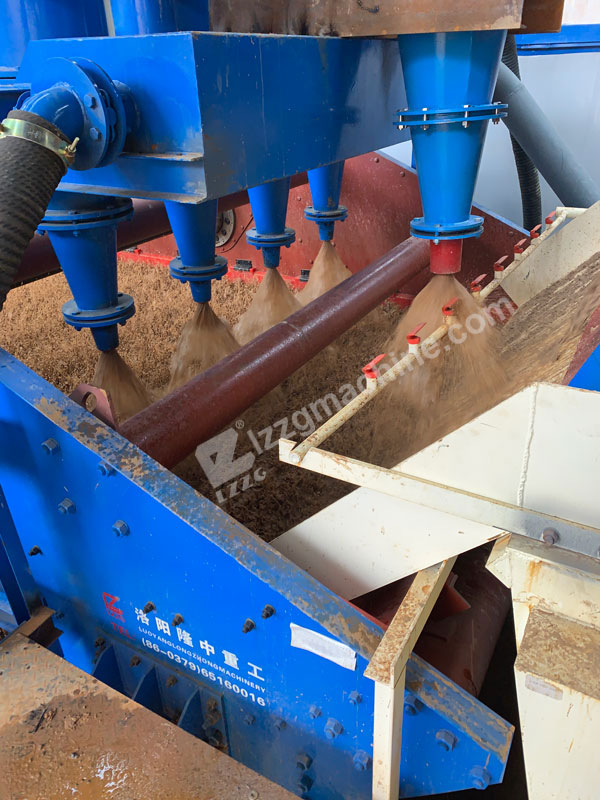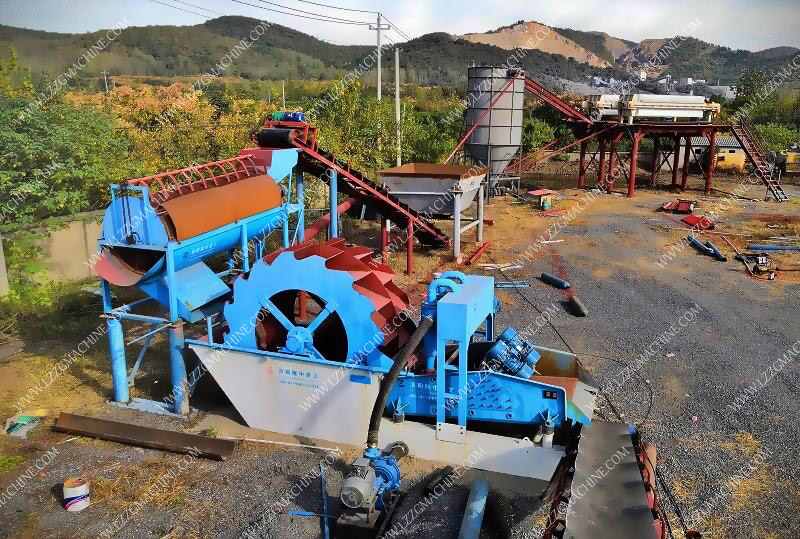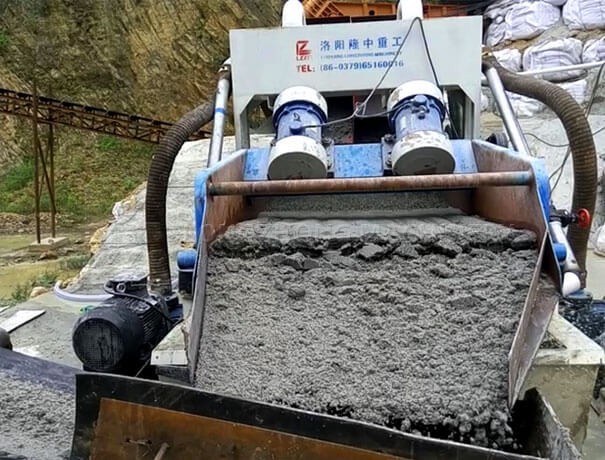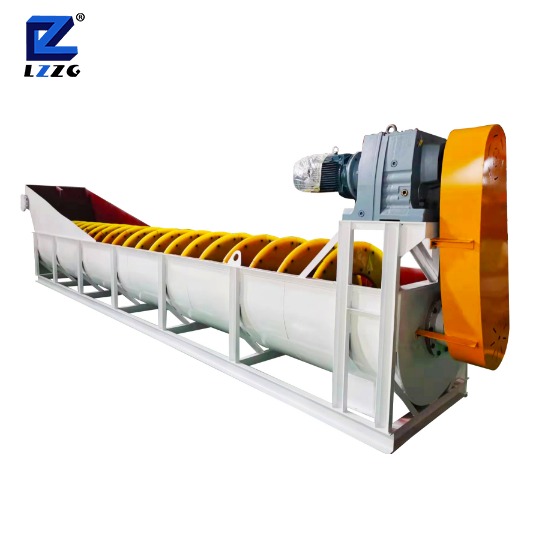Solutions to failures such as clogging of the hydro-cyclone
 April.16,2021
April.16,2021
10 common faults of classification hydrocyclones
1: The cyclone is blocked. Solution: The mismatched materials enter the cyclone and check the sieve holes.
2: The operating pressure swings in a large range. Solution: The pump and cyclone are unbalanced. Isolate the cyclone to reach a stable operating pressure or reset the pump speed.
3: Underflow density is too low. Solution: The discharge nozzle is worn or too large, replace with a suitable discharge nozzle.
4: Vibration of the cyclone is severe. Solution: the feed pressure is too high, open the cyclone; the cyclone is partially blocked, stop and open the cyclone for inspection.
5: The discharge nozzle, inlet and overflow pipe have high wear rate. Solution: The feed contains rough and sharp particles. Check the equipment in the incoming area; if the feed pressure is too high, open the cyclone to return to the designed operating pressure. Check the manufacturing material of the cyclone.

6: Overflow occurs in the bottom flow bucket. Solution: The follow-up system pipeline is restricted or blocked, cancel the restriction, check the angle of the pipeline, and check the size of the pipeline in the discharge area.
7: Overflow occurs in the overflow barrel. Solution: The follow-up system pipeline is restricted or blocked, cancel the restriction, check the pipeline angle, and check the pipeline size in the discharge area.
8: Underflow density is too low. Solution: If the feeding condition of the cyclone is incorrect, replace the discharge nozzle/overflow pipe; the size of the discharge nozzle is incorrect, use the correct size discharge nozzle.
9: The classification point/capability is not reached. Solution: The feed size is incorrect, replace the feed/cyclone parameters.
10: High abrasion rate. Solution: Too much flow-too much pressure drop, change the feeding condition or cyclone parameters; 2-stage operation/requires a large-size cyclone, change the cyclone parameters; the feeding is highly abrasive, Replace manufacturing materials.





